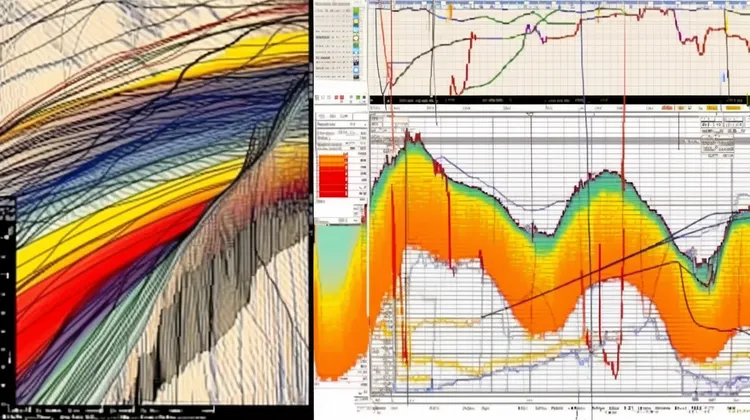The crypto landscape is no stranger to buzzwords and booming trends that promise to revolutionize financial markets as we know them. From ICOs (Initial Coin Offerings) to DeFi (Decentralized Finance) and NFTs (Non-fungible Tokens), each wave of buzz has brought with it both true believers and serious skepticism. The latest trend to capture the market’s excitement is the tokenization of real-world assets (RWAs), but the big question remains: Is this trend here to stay?
Tokenization is the process of converting rights to an asset into a digital token on a blockchain. Proponents of RWAs argue that this bridges the gap between traditional asset classes and the growing digital asset ecosystem. By placing assets like real estate, commodities, art, and even intellectual property on the blockchain, they argue, you can create a more efficient, accessible, and transparent marketplace.
While the promise of RWAs sounds alluring, there are a number of challenges and considerations that it faces. One key issue is regulation. Unlike purely digital assets, real-world assets are subject to a myriad legal frameworks across different jurisdictions. Tokenizing these assets, therefore, requires navigating a complex web of laws and regulations to ensure compliance and protect investor rights.
Another challenge is the valuation and price discovery of tokenized assets. The real-world assets are often not as liquid as cryptocurrencies, and their values can be difficult to ascertain with the same precision. This could lead to difficulty in pricing tokens in a manner that’s fair and reflective of the underlying asset’s true worth.
There is also the issue of custody and security for tokenized assets. While blockchain provides a secure ledger for transactions, the question of how to securely store and manage the physical asset remains. Traditional assets require physical maintenance, insurance, and a whole infrastructure of care that digital assets do not need. How these practicalities mesh with the decentralized and often borderless nature of blockchain technology is yet going to be a hurdle.
The novelty of tokenizing traditional assets could also cause unpredictability. Many investors and institutions are still unfamiliar with blockchain technology and may be hesitant to invest in something that they don’t fully understand. This technology education gap could slow adoption or cause problems down the road if issues in understanding lead to poor investment choices.
Despite these challenges, the tokenization of RWAs also carries considerable potential benefits. It could significantly improve liquidity for traditionally illiquid assets. Real estate, for instance, can take months or years to sell in the traditional market, but tokenization could allow owners to sell off portions of their property quickly and easily, at a potentially lower cost, due to the efficiency blockchain can offer.
Tokenization also democratizes access to investment opportunities. Traditionally, large-scale real estate investments, venture capital, and hedge funds have been restricted to accredited or institutional investors. By tokenizing these assets, smaller investors could buy “shares” in them, thus breaking down the barriers to entry.
With the precision of blockchain’s smart contracts, automating compliance, and streamlining administrative tasks could also prove to be a boon. Smart contracts can automatically execute transactions when certain criteria are met, leading to greater efficiency and potentially reducing the potential for human error or fraud.
Another aspect in favor of RWAs’ longevity in the crypto space is the interest shown by institutional investors. As blockchain technology matures, more institutions are looking for ways to integrate it into their investment strategies. Real-world assets provide a familiar ground, and their tokenization might be the bridge that reconciles traditional finance with the innovations of crypto finance.
For RWAs to have a sustainable future in the crypto space, there needs to be a concerted effort to develop standards and best practices. These standards would need to address the valuation, token creation, transfer, and redemption processes, among others. They would ensure consistency, protect investors, and help overcome skepticism from traditional investors and regulatory bodies.
While the buzz around tokenizing real-world assets is certainly abound with enthusiasm and promise, the trend is at a critical juncture, teetering between becoming the next big evolution in asset management or succumbing to the weight of its own challenges. It requires a careful balance of innovation, regulation, and education. If navigated correctly, tokenization could very well be the transformative force that its proponents claim it to be. Only time, concerted effort, and the market’s appetite for such an evolution will ultimately determine whether real-world asset tokenization is here to stay.



